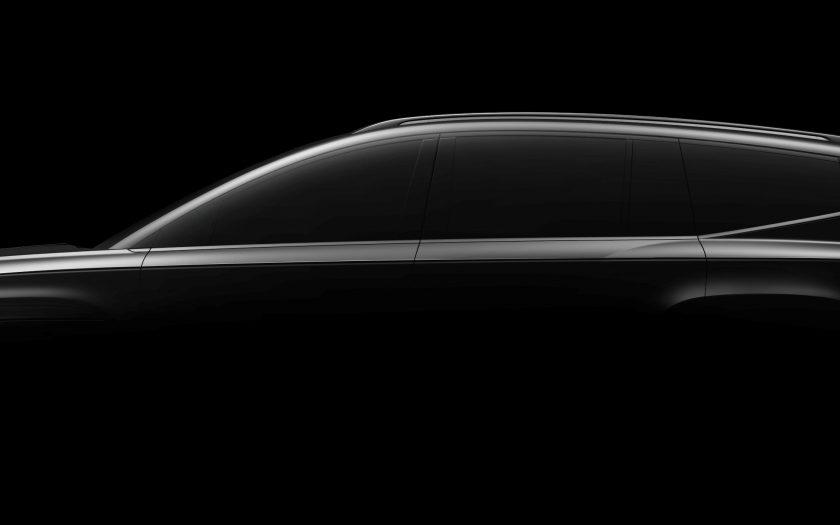HYUNDAI MOTOR COMPANY HAS RELEASED TEASER images of its IONIQ 9, a three-row, all-electric SUV that will mark a new milestone in the brand’s unwavering commitment to electrification.
The ‘9’ in IONIQ 9 symbolizes the large vehicle class in Hyundai Motor’s IONIQ lineup, marking the company’s inaugural venture into the realm of large SUV EV models. Building on the momentum generated by IONIQ 5 and IONIQ 6, IONIQ 9 is set to redefine the EV experience, boasting a spacious and comfortable interior thanks to Hyundai Motor Group’s acclaimed Electric-Global Modular Platform (E-GMP).
IONIQ 9’s ‘Aerosthetic’ design is a unique blend of aerodynamic performance and aesthetic appeal. This model draws inspiration from the sleek exteriors and spacious, cozy interiors of boats. Its single-curved roofline, coupled with an elongated wheelbase, ensures ample space for all passengers, including those in the third row.
The teaser sketches reveal intricate details that enhance IONIQ 9’s overall design quality. The character lines on its side evoke the diagonal lines of the traditional Korean clothing, Hanbok. The front lamps feature Parametric Pixels, Hyundai Motor’s signature lighting design for IONIQ models. The multi-spoke wheel design aligns perfectly with IONIQ 9’s dynamic and elegant nature.
Starting from October 30, Hyundai Motor will be releasing teaser content through its social channels, leading up to IONIQ 9’s World Premiere in November. More detailed information about the World Premiere will be delivered soon. The future of EVs is here with the IONIQ 9, and it’s redefining what it means for an EV to be spacious and comfortable.
The launch of IONIQ 9 comes on the heels of Hyundai Motor’s record-breaking performance last year, and the production of its 100 millionth vehicle this year. Notably, the 100-million-and-first vehicle produced was an EV, symbolising Hyundai Motor’s shift into the new era of electrification. The company remains steadfast in its commitment to electrification, aiming to achieve sales of 2 million EVs by 2030.
